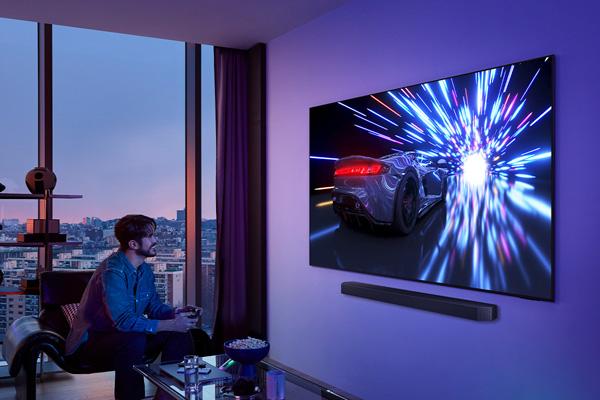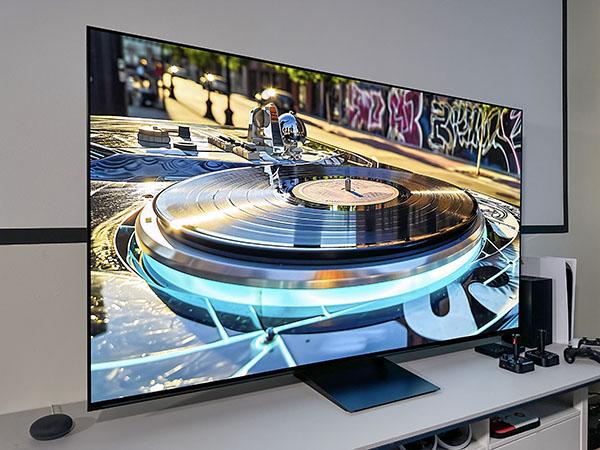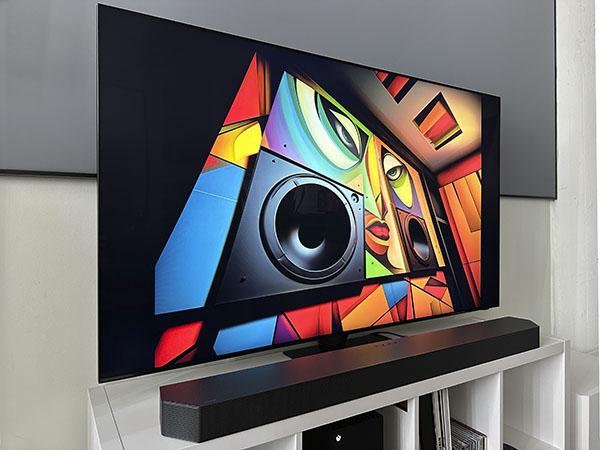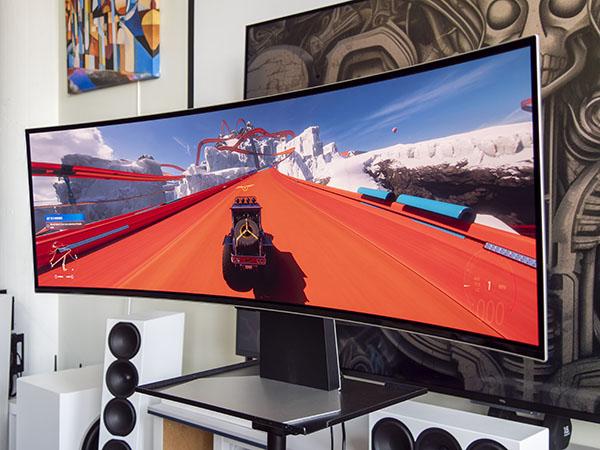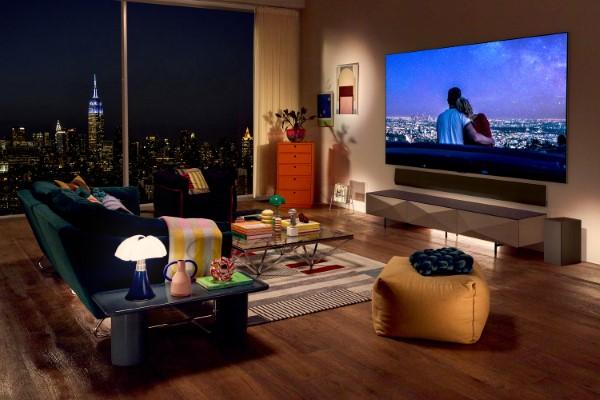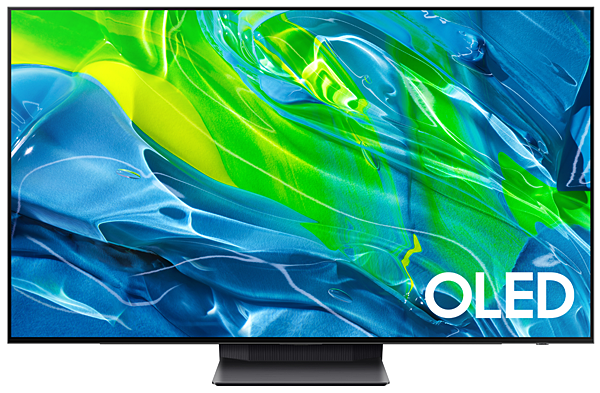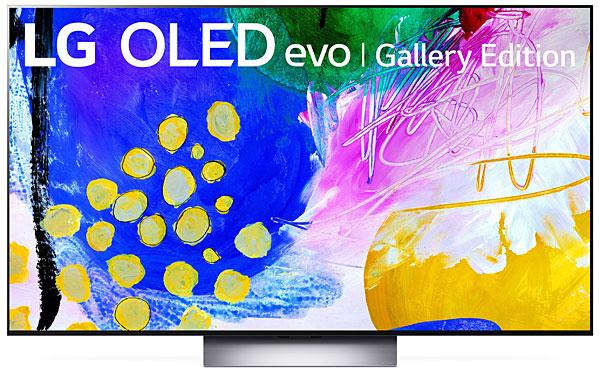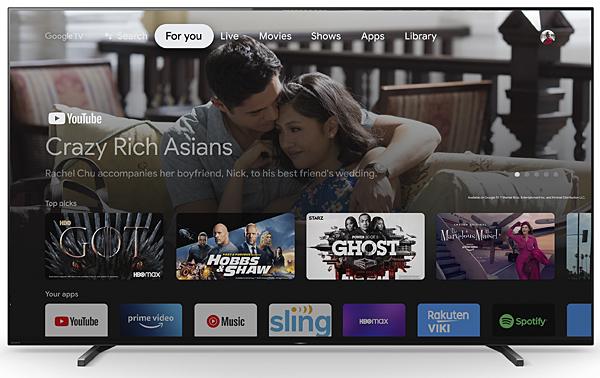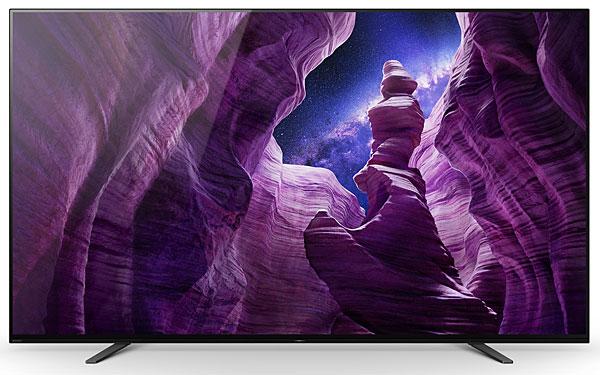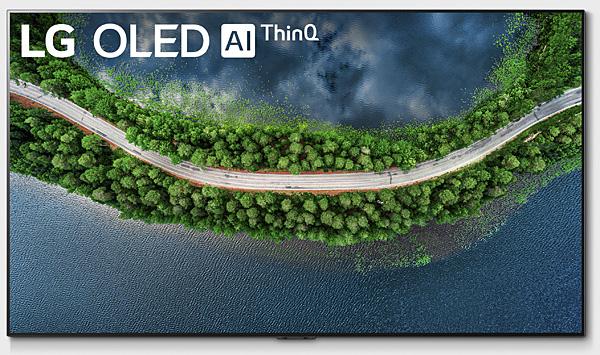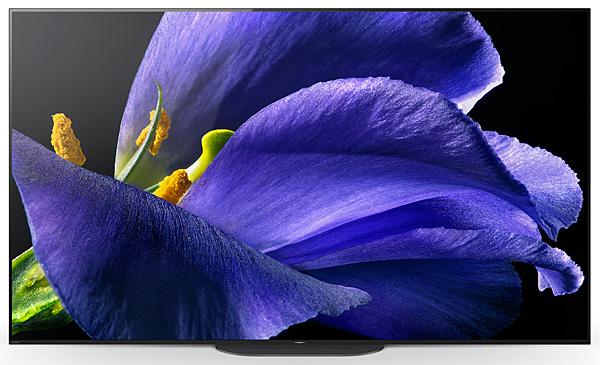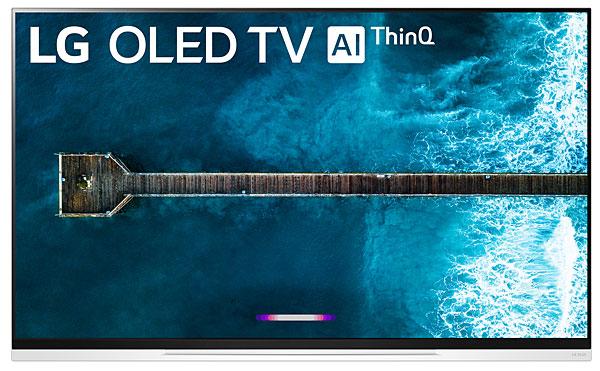OLED TV Reviews
Sort By: Post Date TitlePublish Date
|
Apr 18, 2025 |
|
Jun 04, 2024 |
|
Mar 28, 2024 |
|
Dec 27, 2023 |
|
Sep 02, 2023 |
|
Jun 26, 2023 |
|
May 17, 2023 |
|
Nov 09, 2022 |
|
Nov 17, 2021 |
|
Aug 04, 2021 |
|
Jul 29, 2020 |
|
May 06, 2020 |
|
Aug 14, 2019 |
